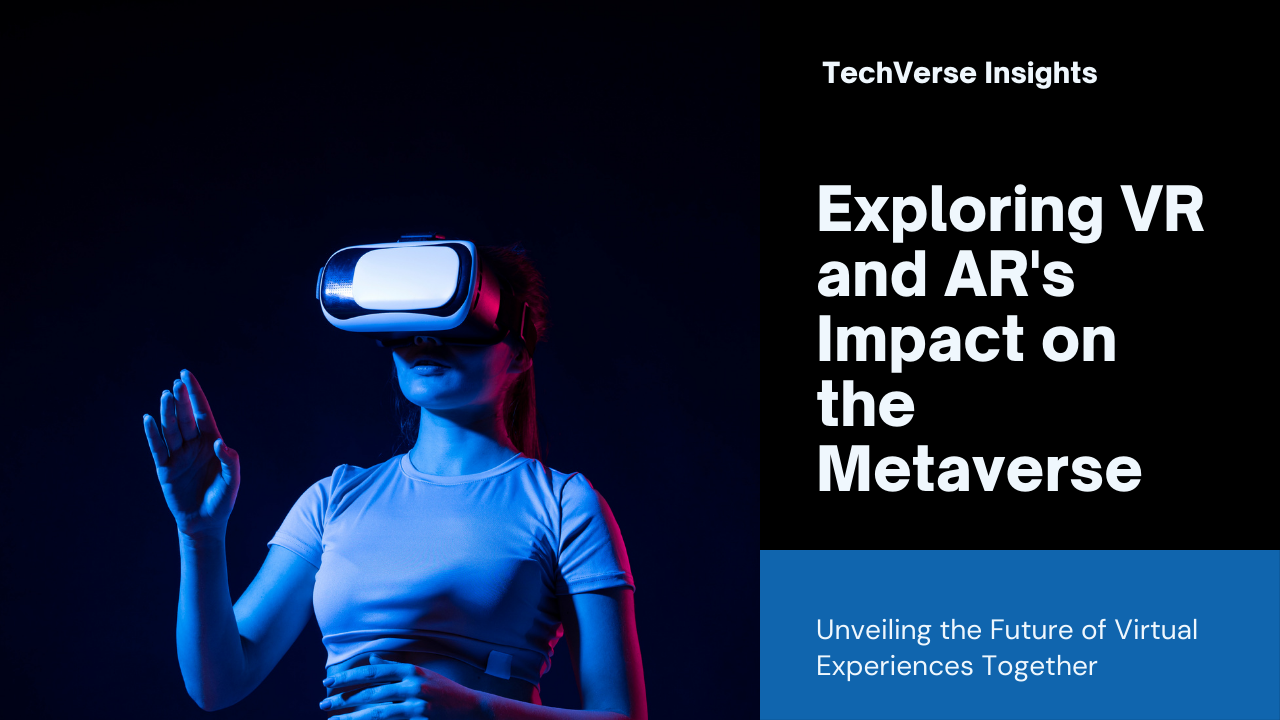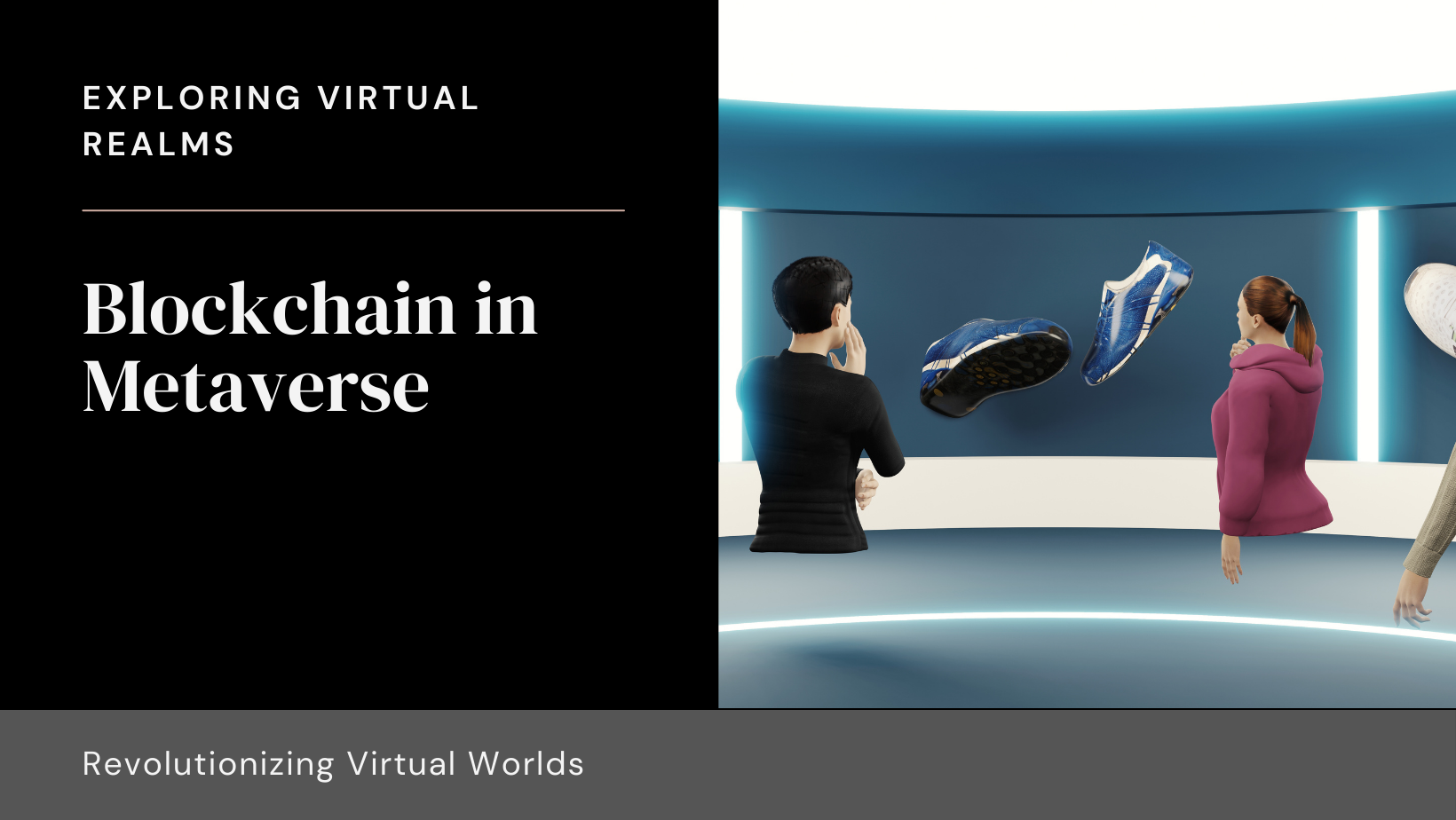In the rapidly evolving landscape of digital innovation, the concept of the Metaverse has captured the imagination of technologists, businesses, and consumers alike. At its core, the Metaverse represents a collective virtual space where augmented and virtual realities converge, offering immersive experiences that transcend traditional boundaries. This blog delves into the pivotal role of Virtual Reality (VR) and Augmented Reality (AR) technologies in shaping the Metaverse, exploring their transformative potential, applications across industries, and implications for the future of digital interactions.
Understanding VR and AR in the Context of the Metaverse
Virtual Reality (VR) and Augmented Reality (AR) technologies play instrumental roles in defining the immersive experiences within the Metaverse:
- Virtual Reality (VR): VR creates fully immersive digital environments that users can interact with through specialized hardware like VR headsets. It transports users to simulated worlds, enabling them to engage with 3D environments, manipulate objects, and interact with other users in real-time.
- Augmented Reality (AR): AR overlays digital content onto the physical world, enhancing real-world experiences with digital information. AR applications blend virtual elements, such as graphics, text, or animations, seamlessly into the user’s view, typically through smartphones, smart glasses, or heads-up displays.
Applications of VR and AR in the Metaverse
- Enhanced Immersive Experiences: VR and AR technologies elevate immersion within the Metaverse by creating realistic virtual environments, enabling spatial audio, interactive gestures, and real-time interactions among users. From virtual meetings and collaborative workspaces to interactive gaming and virtual tourism, these technologies redefine how users perceive and engage with digital spaces.
- Virtual Social Interactions: AR and VR foster virtual social interactions within the Metaverse, enabling users to interact with avatars, attend virtual events, socialize in virtual communities, and collaborate on projects in virtual environments. These platforms simulate face-to-face interactions, bridge geographical distances, and cultivate meaningful connections in a digital-first world.
- Enterprise Applications: VR and AR empower businesses to innovate across various sectors, including education, healthcare, retail, and manufacturing. Applications range from immersive training simulations and virtual product demonstrations to remote assistance, telemedicine consultations, and architectural visualization. These technologies enhance operational efficiency, streamline workflows, and drive customer engagement through interactive and personalized experiences.
Advancements and Technological Integration
- Hardware Innovations: Continued advancements in VR and AR hardware, such as lightweight headsets, eye-tracking sensors, haptic feedback devices, and 5G connectivity, enhance user comfort, interaction fidelity, and real-time responsiveness within the Metaverse.
- Software Development: Robust software ecosystems, development frameworks, and content creation tools enable developers to build and deploy immersive applications across platforms. Integration with artificial intelligence (AI), machine learning (ML), and spatial computing technologies further enhances the capabilities of VR and AR experiences in the Metaverse.
Implications for the Future
As VR and AR technologies continue to evolve, their integration into the Metaverse holds transformative implications for digital interactions, consumer behaviors, and industry landscapes:
- Digital Economy and E-Commerce: VR and AR redefine shopping experiences with virtual try-ons, interactive product showcases, and personalized recommendations, driving online engagement and sales conversions.
- Education and Training: Immersive learning environments in the Metaverse revolutionize education with virtual classrooms, interactive simulations, and personalized learning pathways that cater to diverse learning styles and global audiences.
- Healthcare and Telemedicine: AR-enabled surgical simulations, VR-based therapies, and remote patient monitoring systems enhance healthcare delivery, medical training, and patient care outcomes in virtual environments.
Conclusion
In conclusion, the convergence of Virtual Reality (VR) and Augmented Reality (AR) technologies within the Metaverse represents a paradigm shift in how individuals, businesses, and societies interact, collaborate, and innovate in the digital age. By embracing these immersive technologies, businesses can unlock new opportunities, drive innovation, and create meaningful connections that transcend physical limitations.
Stay informed about the latest advancements in VR, AR, and the Metaverse by following Sodio Technologies’ blog. Join us on our journey to explore the transformative role of immersive technologies in shaping the future of digital experiences.







